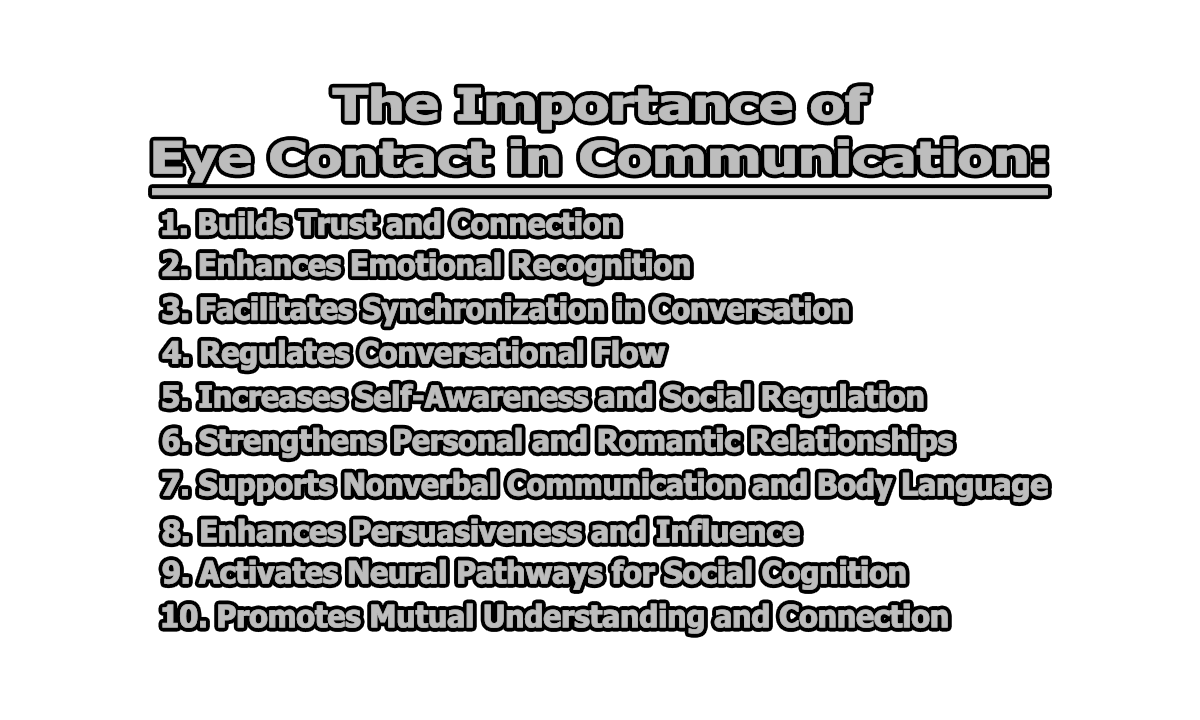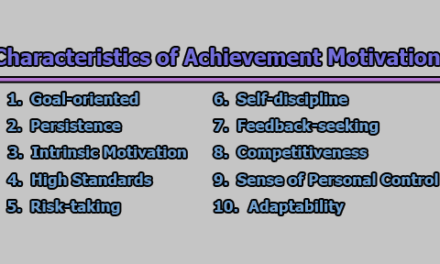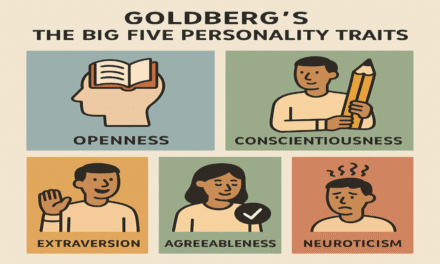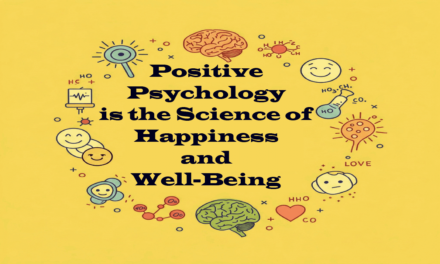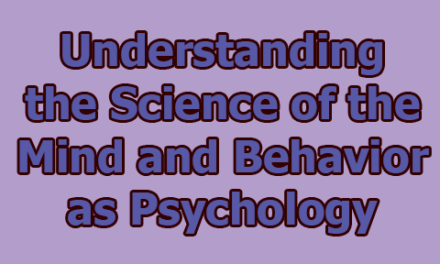The Importance of Eye Contact in Communication:
Communication is a fundamental aspect of human interaction, and it consists of both verbal and nonverbal components. While words convey messages directly, nonverbal cues—such as facial expressions, gestures, and posture—play an equally crucial role in shaping how messages are interpreted. Among these nonverbal cues, eye contact is one of the most powerful and influential. Scientific research has demonstrated that eye contact facilitates trust, emotional connection, cognitive synchronization, and effective communication (Hirsch et al., 2017). It also plays a vital role in regulating social interactions, signaling conversational turns, and expressing emotions (Hietanen, 2018). Whether in professional, personal, or academic settings, understanding the importance of eye contact can significantly enhance communication skills. Below are the key reasons underscoring the importance of eye contact in communication, supported by scholarly research.
1. Builds Trust and Connection: One of the most fundamental functions of eye contact is establishing trust and connection between individuals. Research has shown that direct eye contact enhances credibility, sincerity, and interpersonal attraction (Mason et al., 2005). When people maintain eye contact during a conversation, they signal honesty and engagement, making the listener more likely to trust them.
A study by Michigan State University (2012) highlights that people who maintain steady eye contact are perceived as more reliable and confident, whereas those who avoid eye contact may be interpreted as nervous or deceptive. This effect is particularly evident in professional settings such as interviews, negotiations, and leadership roles.
2. Enhances Emotional Recognition: Eye contact is essential for accurately interpreting emotions and intentions in social interactions. Humans rely on eye movements and gaze direction to decode emotional expressions and understand the underlying feelings of others (Hietanen, 2018).
Neuroscientific research indicates that direct gaze enhances the processing of facial emotions in the brain, activating regions associated with empathy and emotional recognition (Kampe et al., 2001). This means that when people engage in eye contact, they are better able to understand and respond to others’ emotions effectively.
3. Facilitates Synchronization in Conversation: Eye contact helps synchronize brain activity between individuals during conversations, improving mutual understanding and social bonding. A study by Koike et al. (2022) found that when two people maintain eye contact, their pupil dilation patterns and neural activity synchronize, which strengthens shared attention.
This synchronization leads to a deeper sense of connection and engagement, making conversations more meaningful. It also improves overall comprehension, as both speakers and listeners remain mentally attuned to each other (Hirsch et al., 2017).
4. Regulates Conversational Flow: Eye contact plays a key role in managing the flow of conversations by signaling turn-taking. According to Ho et al. (2015), speakers often use eye contact to indicate that they have finished speaking, while listeners use it to signal attentiveness and readiness to respond.
This nonverbal cue is essential in group discussions, interviews, and debates, as it helps prevent interruptions and ensures a smooth exchange of ideas. Without proper eye contact, conversations may become disjointed or difficult to follow.
5. Increases Self-Awareness and Social Regulation: Making eye contact can enhance self-awareness and help individuals regulate their social behavior. Research suggests that eye contact can make people more conscious of their actions, leading them to conform to social norms (Baltazar et al., 2014).
For example, in situations where individuals are being observed, they tend to act more ethically and responsibly when direct eye contact is present. This phenomenon explains why people feel uncomfortable when they are being stared at—it triggers self-awareness and influences behavior accordingly.
6. Strengthens Personal and Romantic Relationships: Eye contact is a powerful tool in building intimacy and strengthening relationships. Studies have found that prolonged eye contact between romantic partners can increase feelings of love and emotional closeness (Kellerman et al., 1989).
In friendships and family relationships, maintaining eye contact communicates care, attention, and understanding, reinforcing emotional bonds. A study by McGill University (2023) found that although direct eye-to-eye contact is rare, when it does occur, it significantly impacts social behavior by enhancing trust and cooperation.
7. Supports Nonverbal Communication and Body Language: Eye contact is a fundamental part of nonverbal communication, complementing facial expressions and body language. According to Rutter et al. (2020), eye contact provides valuable information about a person’s intentions, interest, and engagement level.
For example, in a business presentation, a speaker who maintains eye contact with their audience is more likely to convey confidence and credibility than one who looks away or avoids eye contact. Similarly, in everyday interactions, eye contact can clarify the meaning of verbal messages and make conversations more effective.
8. Enhances Persuasiveness and Influence: Maintaining eye contact can make a speaker appear more persuasive and authoritative. Research by Miller (1980) found that individuals who make direct eye contact while delivering a message are more likely to persuade their audience than those who avoid eye contact.
This is why eye contact is a key skill for public speakers, sales professionals, and politicians—it helps them establish a sense of credibility and influence their audience effectively.
9. Activates Neural Pathways for Social Cognition: Eye contact stimulates brain regions responsible for social cognition and communication. Neuroscientific studies have shown that direct gaze activates the prefrontal cortex and superior temporal sulcus, areas involved in processing social interactions and understanding others’ intentions (Hirsch et al., 2017).
This neural activation helps individuals engage more deeply in conversations and strengthens their ability to interpret nonverbal cues accurately.
10. Promotes Mutual Understanding and Connection: Eye contact bridges the gap between verbal and nonverbal communication, helping individuals achieve mutual understanding. Research by Koike et al. (2022) found that synchronized eye contact improves the alignment of thoughts and intentions, leading to stronger interpersonal bonds.
By maintaining eye contact, individuals can ensure that their message is clearly understood and well-received, preventing misunderstandings and enhancing the overall quality of communication.
It is apparent that eye contact is a powerful and essential component of communication. It facilitates trust, emotional connection, cognitive synchronization, and effective interactions. Whether in professional settings, personal relationships, or public speaking, mastering eye contact can significantly improve communication skills. In an era where digital communication is reducing face-to-face interactions, practicing and maintaining eye contact is more important than ever. By understanding its significance and applying it effectively, individuals can enhance their personal, social, and professional lives.
References:
- Baltazar, M., Hazem, N., Vilarem, E., Beaucousin, V., Picq, J.-L., & Conty, L. (2014). Eye contact elicits bodily self-awareness in human adults. Cognition, 133(1), 120–127. https://doi.org/10.1016/j.cognition.2014.06.009
- Hietanen, J. K. (2018). Affective eye contact: An integrative review. Frontiers in Psychology, 9, 1587. https://doi.org/10.3389/fpsyg.2018.01587
- Hirsch J, Zhang X, Noah JA, Ono Y. (2017) Frontal temporal and parietal systems synchronize within and across brains during live eye-to-eye contact. Neuroimage, 157:314-330. https://doi.org/10.1016/j.neuroimage.2017.06.018
- Ho, S., Foulsham, T., & Kingstone, A. (2015). Speaking and listening with the eyes: Gaze signaling during dyadic interactions. PLOS ONE, 10(8), e0136905. https://doi.org/10.1371/journal.pone.0136905
- Kampe, K. K., Frith, C. D., Dolan, R. J., & Frith, U. (2001). Reward value of attractiveness and gaze. Nature, 413(6856), 589. https://doi.org/10.1038/35098149
- Kang, S. (2019). Making eye contact signals a new turn in a conversation. Scientific American. https://www.scientificamerican.com/article/making-eye-contact-signals-a-new-turn-in-a-conversation/
- Kellerman, J., Lewis, J., & Laird, J. D. (1989). Looking and loving: The effects of mutual gaze on feelings of romantic love. Journal of Research in Personality, 23(2), 145–161. https://doi.org/10.1016/0092-6566(89)90020-2
- Koike, T., Tanabe, H. C., Okazaki, S., & Sadato, N. (2022). Eye contact marks the rise and fall of shared attention in conversation. Proceedings of the National Academy of Sciences, 119(6), e2106645118. https://doi.org/10.1073/pnas.2106645118
- Mason, M. F., Tatkow, E. P., & Macrae, C. N. (2005). The Look of Love: Gaze Shifts and Person Perception. Psychological Science, 16(3), 236-239. https://doi.org/10.1111/j.0956-7976.2005.00809.x
- McGill University. (2023). Eye-to-eye contact is rare but shapes our social behavior. McGill Newsroom. https://www.mcgill.ca/newsroom/channels/news/eye-eye-contact-rare-shapes-our-social-behavior-352586
- Michigan State University Extension. (2012). Eye contact: An introduction to its role in communication. MSU Extension. https://www.canr.msu.edu/news/eye_contact_an_introduction_to_its_role_in_communication
- Miller, N. E. (1980). Persuasion and eye contact: A social psychological analysis. Journal of Personality and Social Psychology, 39(5), 906–920.
- Rutter, D. R., Stephenson, G. M., & Dewey, M. E. (2020). The measurement of eye contact in human interactions: A scoping review. Journal of Nonverbal Behavior, 44(1), 1-27. https://doi.org/10.1007/s10919-020-00333-3

Library Lecturer at Nurul Amin Degree College

